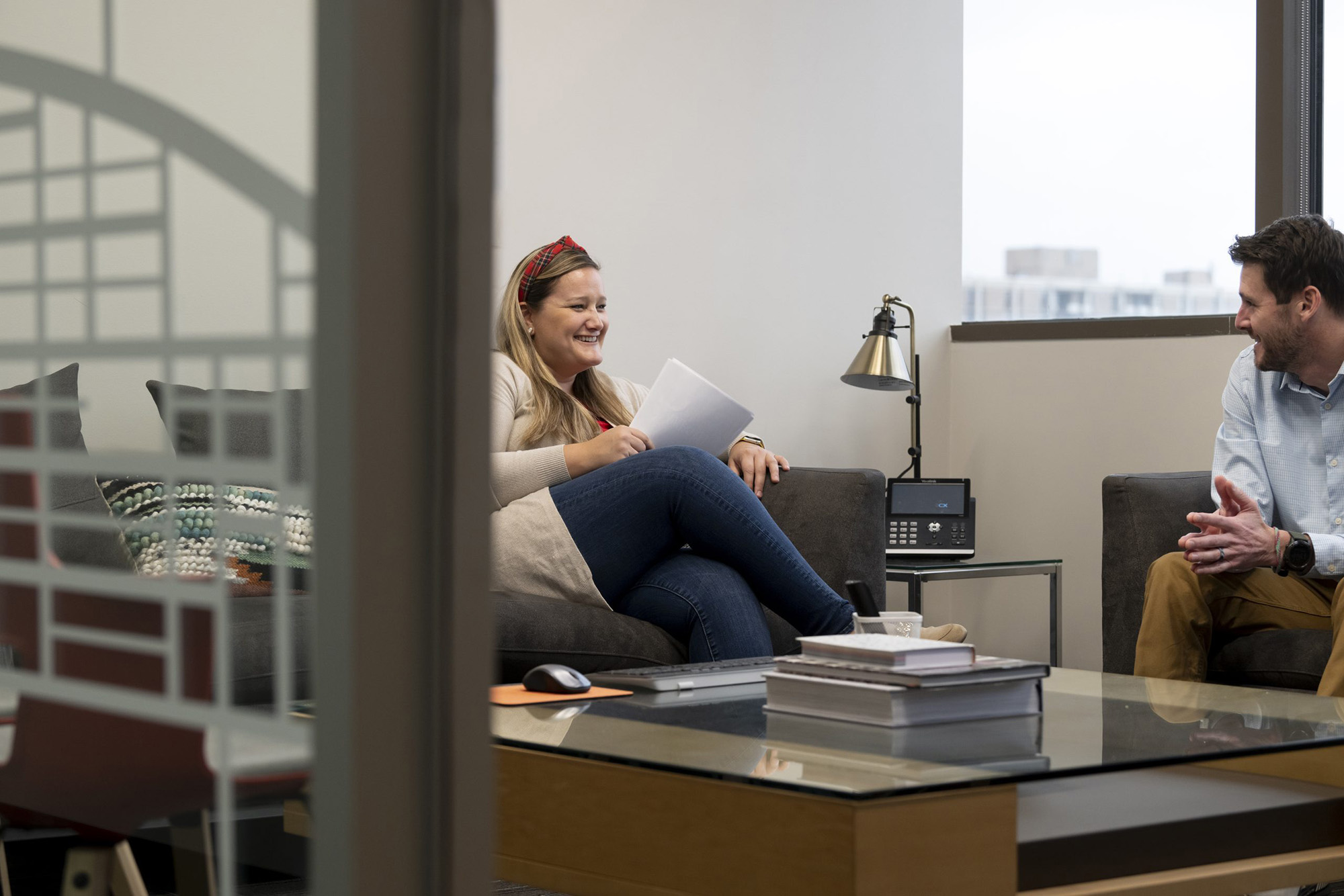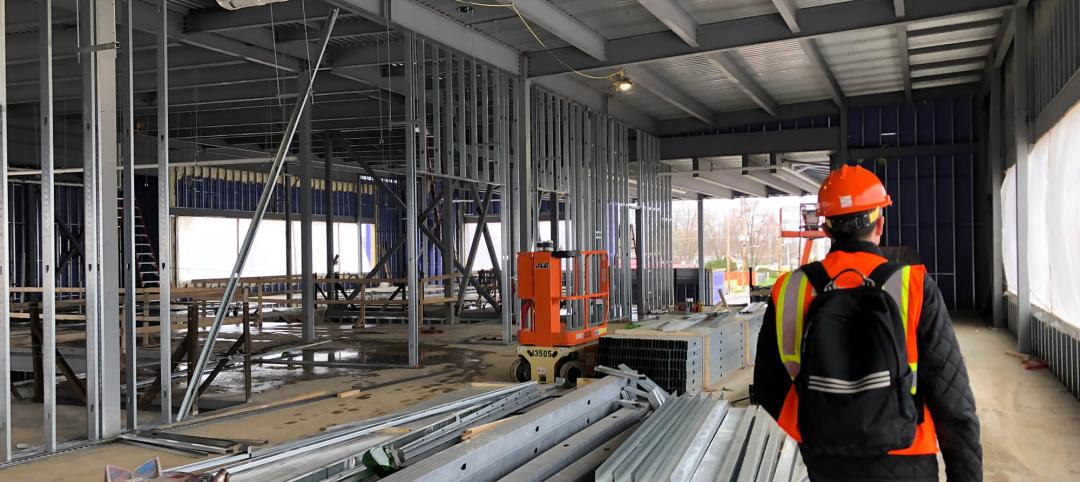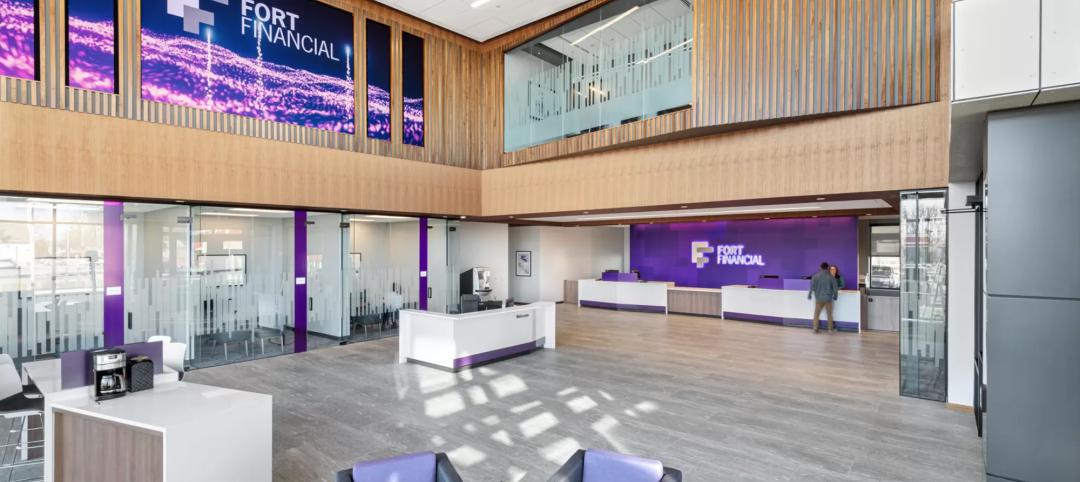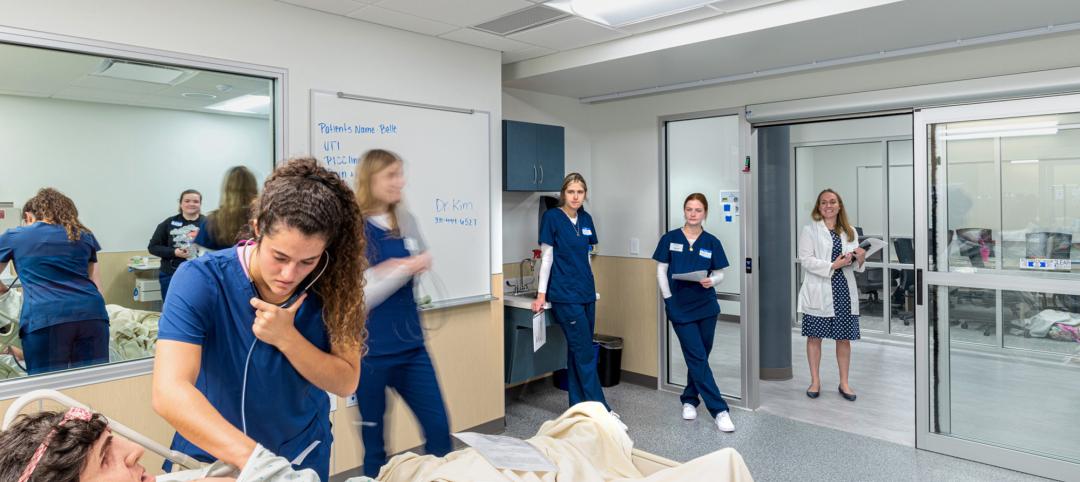Starting a build project can be intimidating, even if you’ve had experience with it before. There are so many factors that go into a successful project. We sat down with two experts in the design field, Ron Dick (Founding Partner and Architect) and Mike Niezer (COO and Architect), to talk about everything you need to know about the entire process. They discussed what to do before you start a project, the three essential parts of a project, developing a contingency plan, and how to set a realistic schedule for your project.
Follow along with this series to hear what they have to say about each step in the process. In our first post, Before you Start: Setting your Project up for Success, we began with why it’s critical for architecture and design teams to ask questions and really listen to the answers BEFORE getting started.
We then reviewed the three essential parts of an overall project, Understanding the Three Essentials of a Successful Build Project: Quality, Cost, and Size, and factoring in contingencies when looking at projects, Expecting the Unexpected: How Contingency Planning can Save Your Build Project.
In this segment, we look at the importance of planning for a realistic project schedule.
Ron Dick: There are a lot of different parts that makeup a project schedule.
From the first concept on a blank piece of paper, to handing over the keys to a new space at the end of construction. Timelines are dependent on a lot of different variables, both in the design portion of the process as well as in construction.

Mike Niezer: We like to start by asking, ‘When do you need to be in the space?’ or ‘when do you need occupancy?’.
Understanding those final deliverable targets helps us work backwards to establish a schedule and process that works best. No project is the same, and so we have to apply our design process to the unique requirements of the project and schedule goals. We can also encourage a construction delivery method that can help facilitate those goals as well. Sometimes, that means engaging with a construction partner earlier on in the process, or isolating various design packages to begin sooner than others.
Ron Dick: It’s also helpful to understand a client’s decision-making process.
Are there approval layers to go through? How many? When are they? Sometimes there are starts and stops along the way, but if we can define those early on, it helps map out the overall design schedule. Sometimes, the approval piece is one that gets underestimated. If there’s a board approval or committee that needs to sign off on something, that can kind of stall momentum at the end of the design process before construction moves forward. It’s better to know when those are so they can be planned around.

Mike Niezer: The core planning team for the Owner is another factor that impacts schedule.
This team is responsible for working hand-in-hand with the design team through the design process to develop the project and be a part of the decisions being made. It is really helpful for the Owner to understand who has the bandwidth and appropriate knowledge of the project to participate in this effort. With the right team, the schedule can go really quickly. We’ve found that smaller core planning groups often lead to more efficient and timely process, decisions, and overall schedule. Sometimes having too many stakeholders in the day-to-day decisions and progression of the design progress can slow things down.
Ron Dick: On the design side, identifying the right team for the right project, with the right schedule, depends on a lot of factors.
A lot of times, we get asked whether we can start right away, and we always try our best to say ‘Yes’. The reality is, there are all kinds of things we need to be doing with an Owner to get the project off the ground—questions that need answered, initial concepts developed, information gathered, etc. So even in cases where we can’t start an entire team immediately, we always try to get other pieces moving first so we can still meet the overall target goal. It all comes down to the specific requirements of the project, understanding the big picture goals, and sometimes getting creative with our team, our owners, and our contracting partners, to collaborate and find a way to make the schedule happen.
More from Author
Design Collaborative | Oct 14, 2024
Higher education design for the first-gen college student
In this Design Collaborative blog, Yogen Solanki, Assoc. AIA, shares how architecture and design can help higher education institutions address some of the challenges faced by first-generation students.
Design Collaborative | Sep 16, 2024
Maximizing office square footage through ‘agile planning’
Lauren Elliott, RID, NCIDQ, Director of Interior Design, Design Collaborative, shares tips for a designing with a popular and flexible workspace model: Agile planning.
Design Collaborative | Jul 1, 2024
Mastering office layouts: 5 primary models for maximum efficiency and productivity
When laying out an office, there are many factors to consider. It’s important to maximize the space, but it’s equally important to make sure the design allows employees to work efficiently.
Design Collaborative | Jun 3, 2024
Escalation: Predicting project costs in a volatile market
Thad Berkes, Chief Cost Estimator, Design Collaborative, shares that one of the major hurdles that Design Collaborative attempts to forecast for its commercial construction projects is escalation.
Design Collaborative | Mar 4, 2024
Illuminating your path to energy efficiency
Design Collaborative's Kelsey Rowe, PE, CLD, shares some tools, resources, and next steps to guide you through the process of lighting design.
Design Collaborative | Feb 1, 2024
Prioritizing water quality with the WELL Building Standard
In this edition of Building WELLness, DC WELL Accredited Professionals Hannah Arthur and Alex Kircher highlight an important item of the WELL Building Standard: water.
Design Collaborative | Jan 19, 2024
How to strengthen office design as employees return to work
Adam James, AIA, Senior Architect, Design Collaborative, shares office design tips for the increasingly dynamic workplace.
Design Collaborative | Dec 12, 2023
Transforming workplaces for employee mental health
Lauren Elliott, Director of Interior Design, Design Collaborative, shares practical tips and strategies for workplace renovation that prioritizes employee mental health.
Design Collaborative | Nov 2, 2023
3 fundamental steps to crafting the ideal branch
Jared Monce, AIA, Architect, Design Collaborative, shares three guidelines when designing branches for financial institutions.
Design Collaborative | Oct 9, 2023
Design solutions for mental health as a secondary diagnosis
Rachel Vedder, RA, LEED AP, Senior Architect, Design Collaborative, shares two design solutions for hospitals treating behavioral health patients.
















